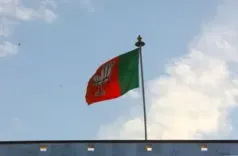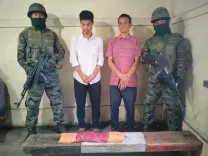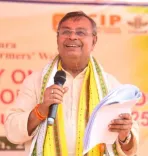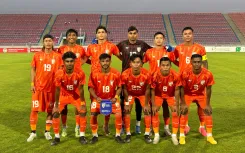Did Congress Appoint DCC Presidents in Gujarat Under ‘Sangathan Srijan Abhiyan’?
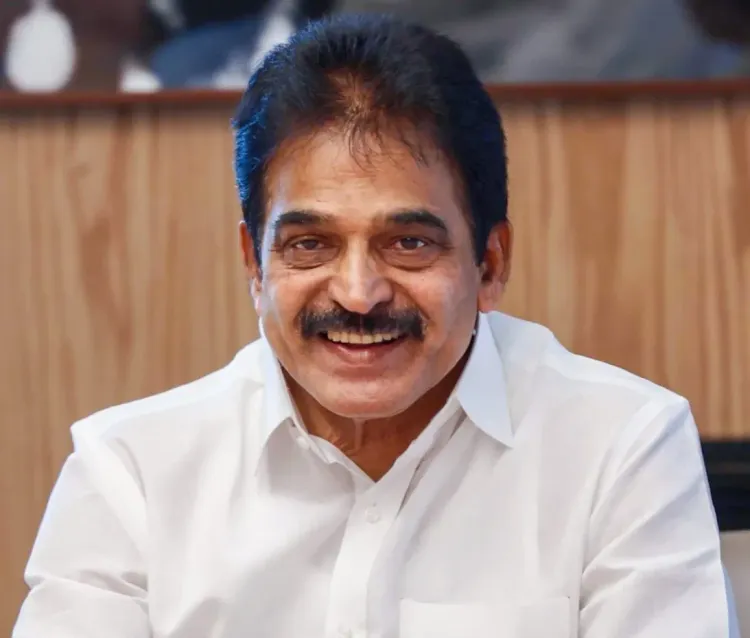
Synopsis
Key Takeaways
- Grassroots Connections: New DCC Presidents focus on community engagement.
- Ideological Clarity: Emphasis on coherent party values.
- Sangathan Srijan Abhiyan: A comprehensive organizational initiative.
- Preparation for Elections: Strategic moves for the 2027 Gujarat Assembly Elections.
- Diversity in Leadership: Representation of social and regional diversity.
New Delhi, June 21 (NationPress) On Saturday, the Congress party announced the appointment of District and City Congress Committee (DCC) Presidents in Gujarat, emphasizing their grassroots connections and ideological clarity.
According to Congress General Secretary (Organisation) K.C. Venugopal, the Congress President has sanctioned the immediate appointments of the DCC Presidents in Gujarat. These selections reflect the social and regional diversity of the state and were made based on their grassroots engagement, ideological coherence, and organizational skills.
Venugopal highlighted that these appointments conclude a comprehensive organizational initiative known as the ‘Sangathan Srijan Abhiyan’.
This initiative was carried out under the guidance and supervision of Congress President Mallikarjun Kharge and Rahul Gandhi, who serves as the Leader of the Opposition in the Lok Sabha.
“This initiative represents a pivotal moment in equipping the party for the upcoming 2027 Gujarat Assembly Elections,” Venugopal remarked.
He mentioned that the ‘Abhiyan’, designed to rejuvenate the party's framework from the booth to district levels, concentrates on transparent, inclusive, and ideology-driven leadership selection.
Notably, on April 12, 2025, a total of 43 AICC Observers and 183 PCC Observers, including senior party leaders such as State In-Charges, MPs, MLAs, and former PCC Presidents, were dispatched throughout Gujarat's districts.
Subsequently, AICC Observers and PCC Observers undertook field visits across all 26 Lok Sabha constituencies, 182 Assembly segments, and nearly all 235 Block Congress Committees.
They interacted with party members, civil society, and local communities through public engagements, individual meetings, and press conferences to evaluate the organizational landscape.

